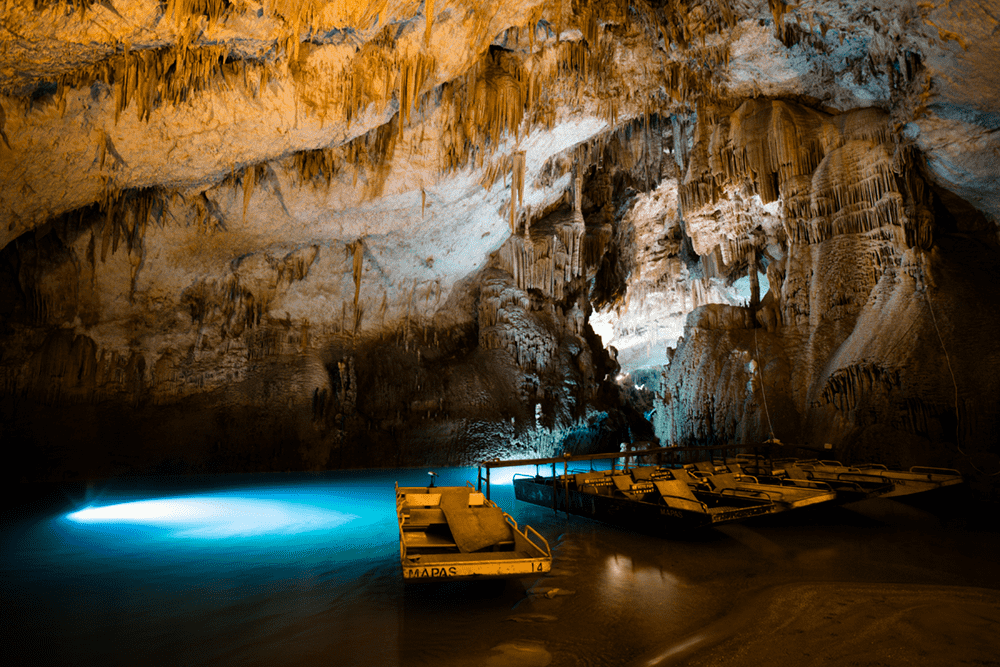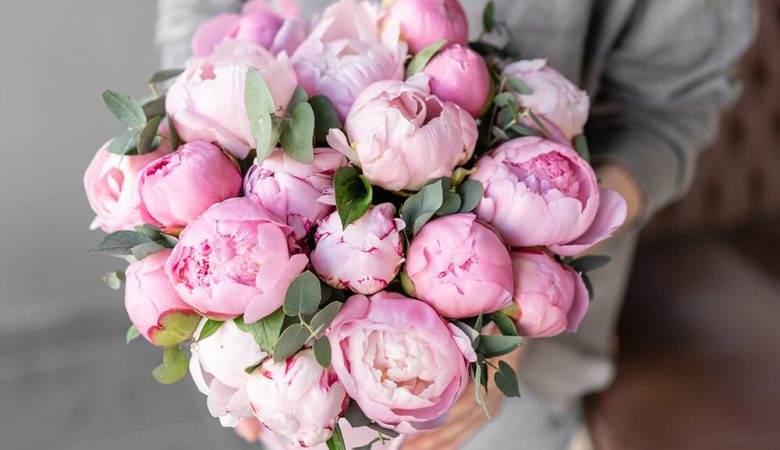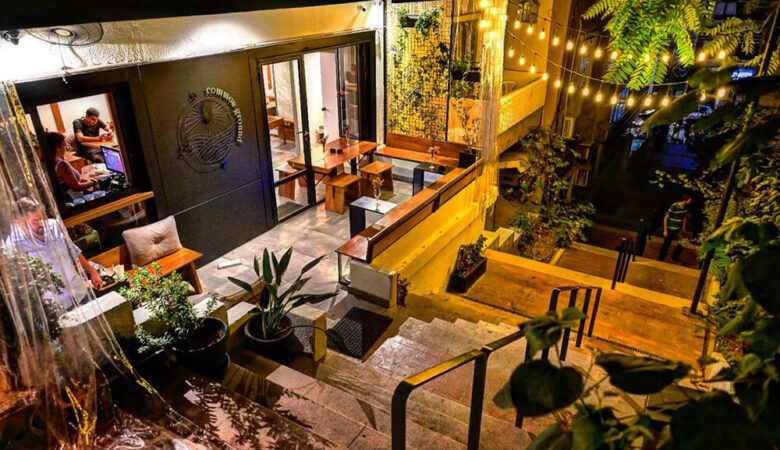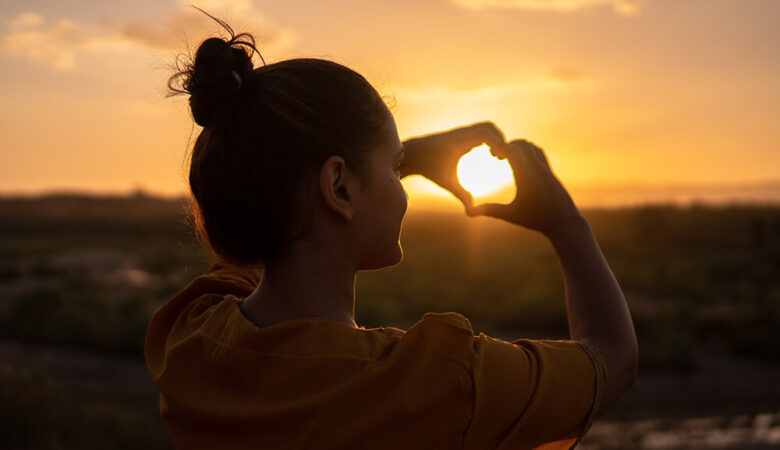Lebanon is a mind-blowing traveler destination with its captivating historical landmarks, perfect beaches, delightful food, stellar nightlife, and beautiful mountains. The nation genuinely offers something for everyone’s taste. Unfortunately, not only visitors miss out on a few of the foremost interesting and special natural touristic sites and activities in Lebanon but also Lebanese people. There are so many things to do in Lebanon that you will completely adore! Beginning from so many wonderful sights to see that will blow mind to numerous fun things to do that will provide you the experience of a lifetime. Here are ten of the coolest places to visit in Lebanon that are a bit off the beaten way.
Natural Touristic Place #1: Mseilha Walkaway
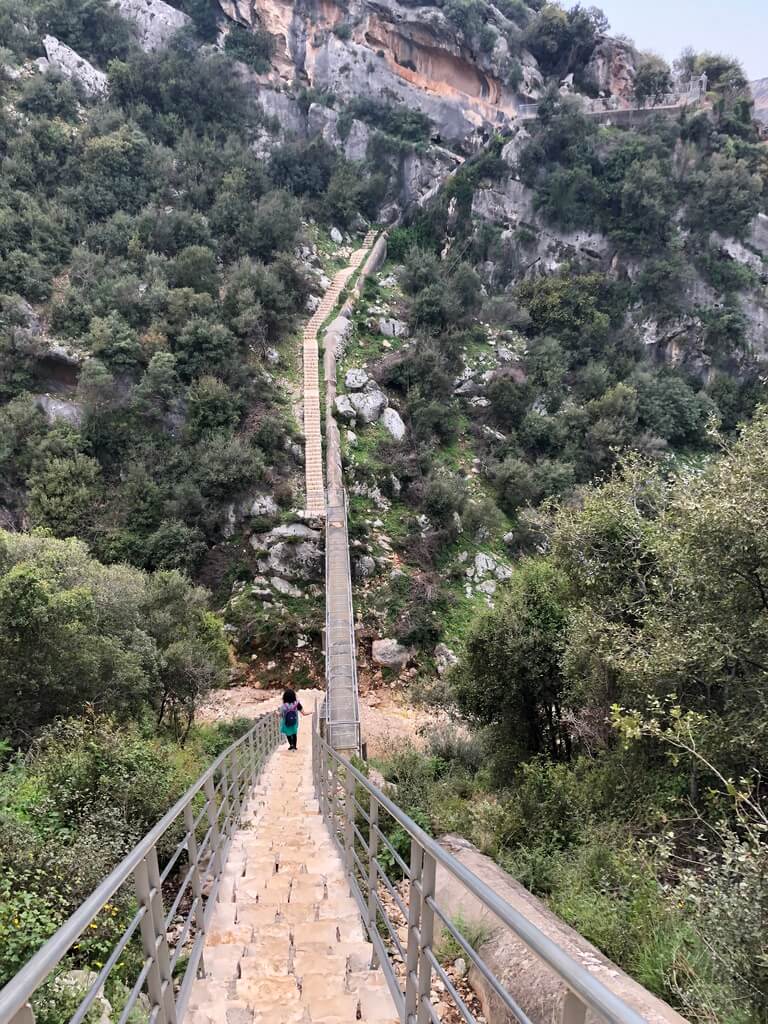
This hiking spot is for you if you do not want to drive for many hours to reach the mountains. The Mseilha Walkway (Darb Mseilha) is about 90 minutes north of Beirut and directly accessible from the Batroun highway. It’s one of the most attractive hiking areas. It is enjoyable with changing atmospheres and not hard to walk, ideal for beginner and intermediate hikers. The entrance in Chekka begins nearby the Mseilha Fort, a historic tower built by Emir Fakhreddine II in the 17th century to secure the route between Beirut and Tripoli.
Once you begin, you’ll start to recognize traffic noise from the highway diminishing. So you begin to live with the calming sounds of flowing water and nature. Sometimes, the hiking trail of Mseilha is referred to as the Nahr El-Jaouz (Walnut River) trail because it is located near the stunning river. Since 1998, Nahr El-Jaouz has been listed as a National and Historical Heritage Site by the Minister of Environment. Today, it helps fulfill the Mseilha reservoir with water to serve the region. The walkway is a public space. It is always open, with no entrance fees. It is a great way to get in those daily steps. Mseilha Walkway is one of the most Instagrammable traces in Lebanon.
Natural Touristic Place #2: Chabrouh Dam
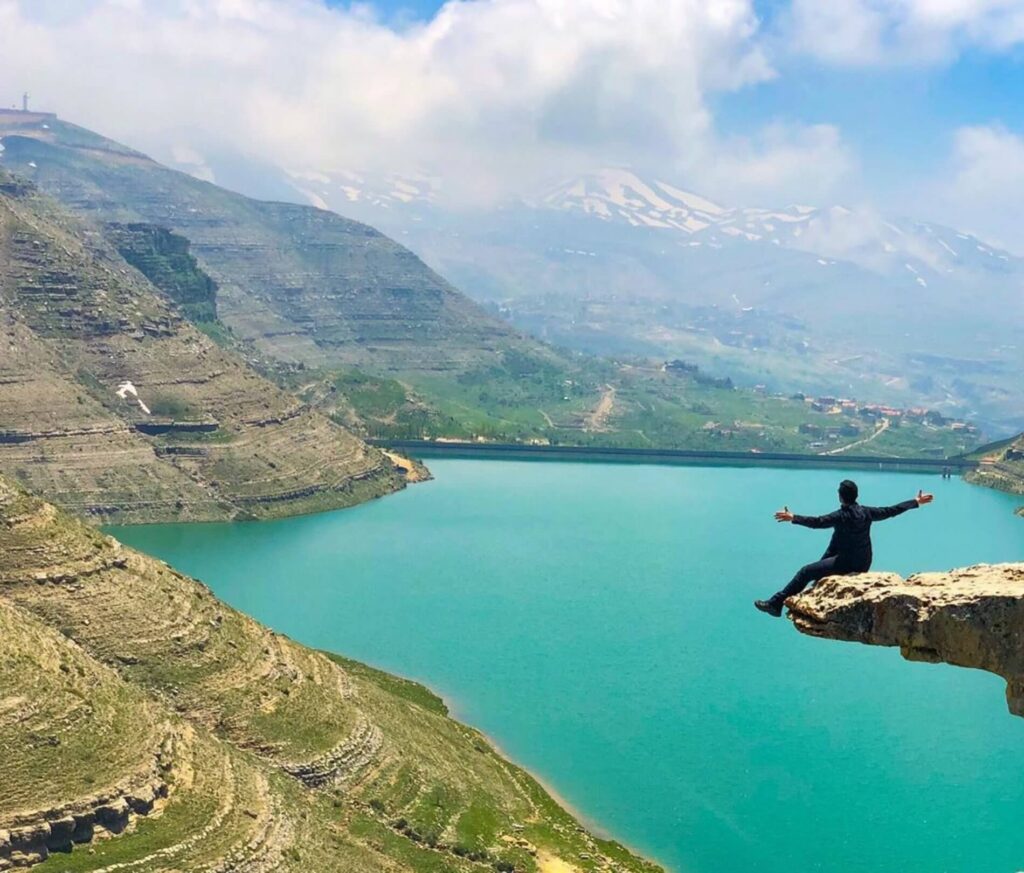
The Faraya Chabrouh Dam is a dam above the village of Faraya Lebanon, 40 kilometers northeast of Beirut that was originated in 2007. The dam has a height of 63 meters. The reservoir has a capacity of some 8 million cubic meters and is some 1300 meters in length. The dam is located in rural Lebanon and is surrounded by farmland. Agricultural lands stretch far below the Faraya-Chabrouh Dam. Moreover, the water is used from the reservoir to irrigate the lands. Thus, it provides an essential resource to thousands of people in the villages below.
Natural Touristic Place #3: Chowen, Jabal Moussa
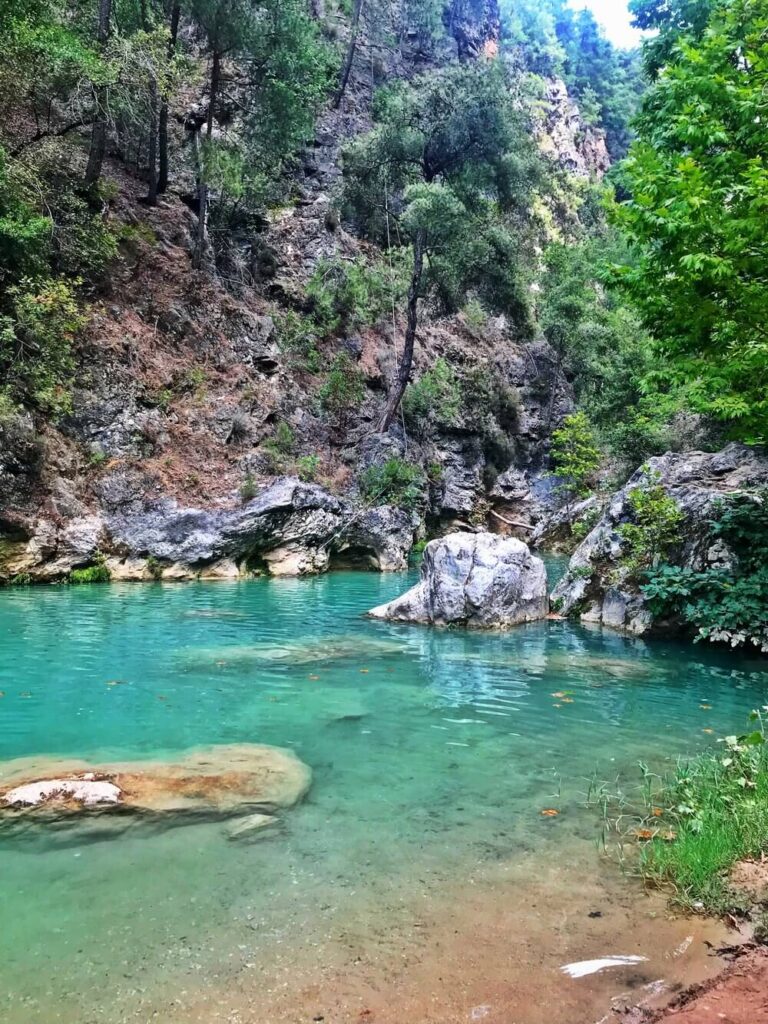
Chouwen is located 40km away from Beirut and is 600m above sea level. Jannet Chouwen is one of the most picturesque places in Lebanon. The stream runs down the mountain and flows into the “Nahr-Ibrahim” river better known as the river of the god Adonis. In Jannet Chouwen you will experience a lot of life’s pleasures – hiking, nature, relaxation and for the courageous people, you may also like to swim, be sure to pack your swimsuit.
Natural Touristic Place #4: Baatara Gorge Waterfall
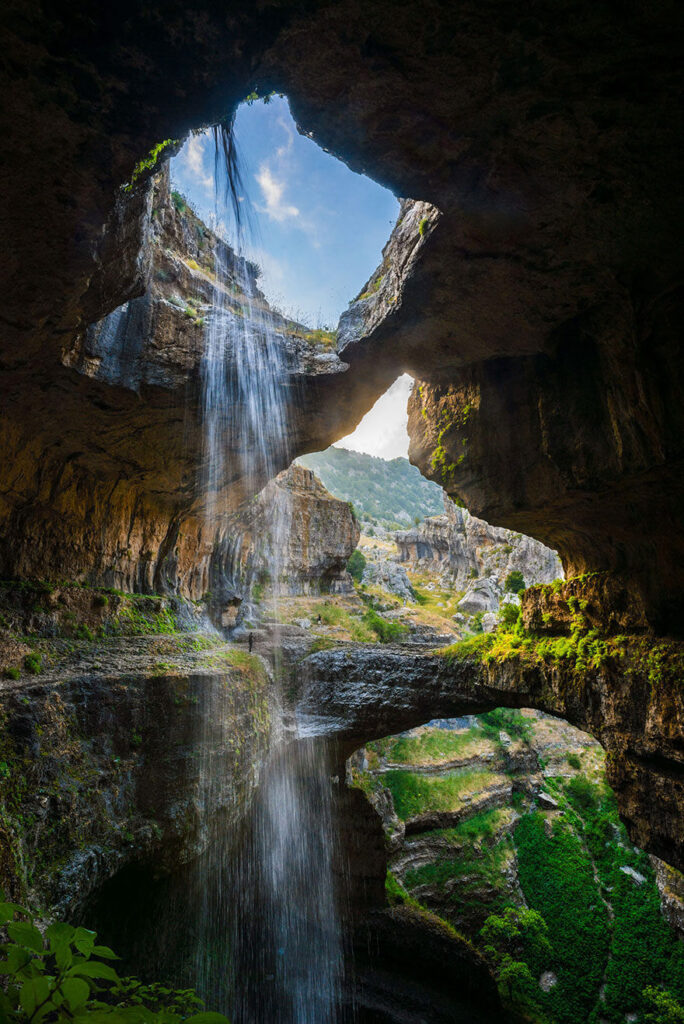
The Balaa Gorge Waterfall is located in Tannourine near Balaa. The waterfall drops 255 meters (837 ft) into the Balaa Pothole, a cave of Jurassic limestone located on the Lebanon Mountain Trail. Moreover, the cave is also known as the Cave of the Three Bridges. Traveling from Laklouk to Tannourine one passes the village of Balaa, and the Three Bridges Chasm (in French Gouffre des Trois Ponts) is a five-minute journey into the valley below where one sees three natural bridges, rising one above the other and overhanging a chasm descending into Mount Lebanon. During the spring melt, a 90–100-meter (300–330 ft) cascade falls behind the three bridges. Then, it goes down into the 240-meter (790 ft) chasm. A beautiful natural waterfall for tourism.
Natural Touristic Place #5: Lake Qaraoun
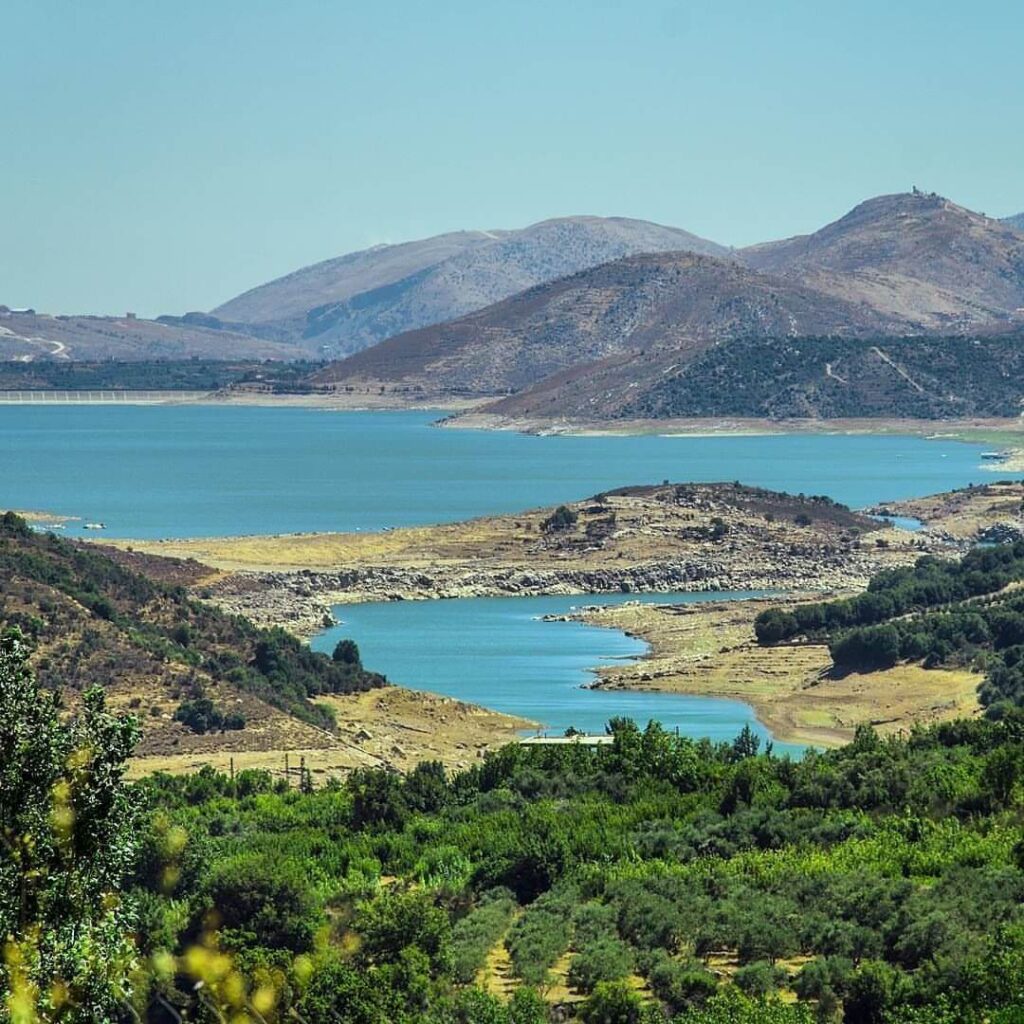
An artificial reservoir, the Lake of Qaraoun is the largest freshwater body in Lebanon. This amazing natural touristic place is found in the southern part of the Beqaa Valley and was constructed with the erection of the Litani River Dam. However, the lake does not allow locals to swim in the water. What you can do instead is explore the lake via a boat ride or take a stroll along the lake. You can also enjoy a delicious lunch of fresh seafood in one of the touristic restaurants in the area.
Natural Touristic Place #6: Jeitta Grotto
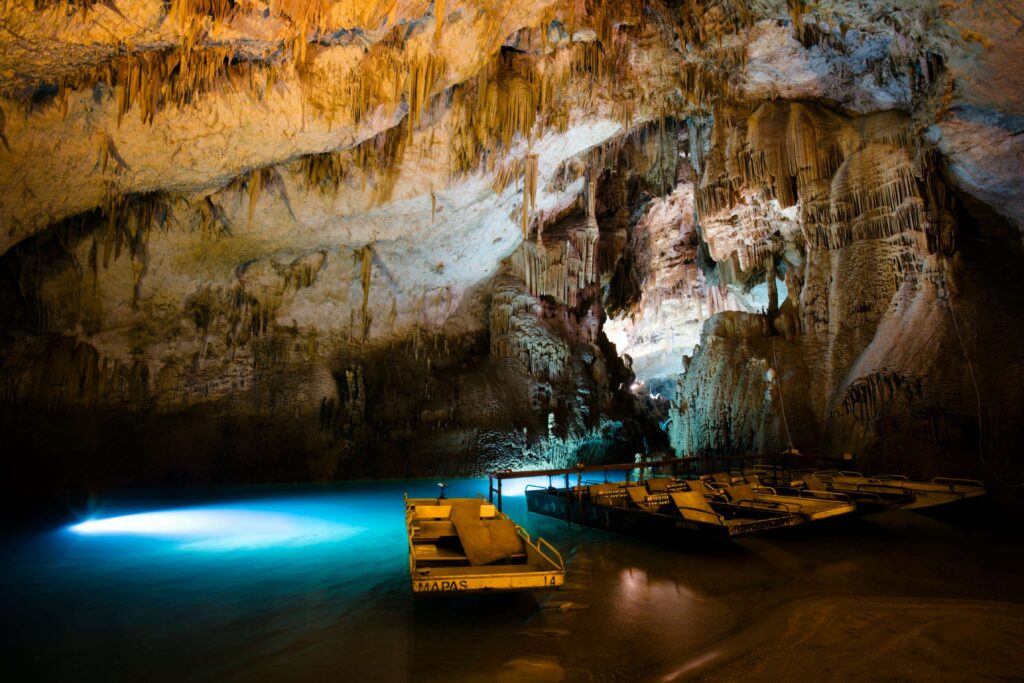
The Jeitta Grotto is a system of two separate but interconnected karstic limestone caves spanning an overall length of nearly 9 kilometers(5.6 mi). The caves are situated in the Nahr-El Kalb valley within the locality of Jeitta, 18 kilometers (11 mi) north of the Lebanese capital Beirut. Though inhabited in prehistoric times, the lower cave was not rediscovered until 1836 by Reverend William Thomson; it can only be visited by boat. Since it channels an underground river that provides fresh drinking water to more than a million Lebanese.
In 1958, Lebanese speleologists discovered the upper galleries 60 meters (200 ft) above the lower cave which have been accommodated with an access tunnel and a series of walkways to enable tourists safe access without disturbing the natural landscape. No to mention, the upper galleries house the world’s largest known stalactite. The galleries are composed of a series of chambers the largest of which peaks at a height of 12 meters (39 ft). This natural touristic site is one of the most beautiful in Lebanon.
Natural Touristic Place #7: Qadisha Valley
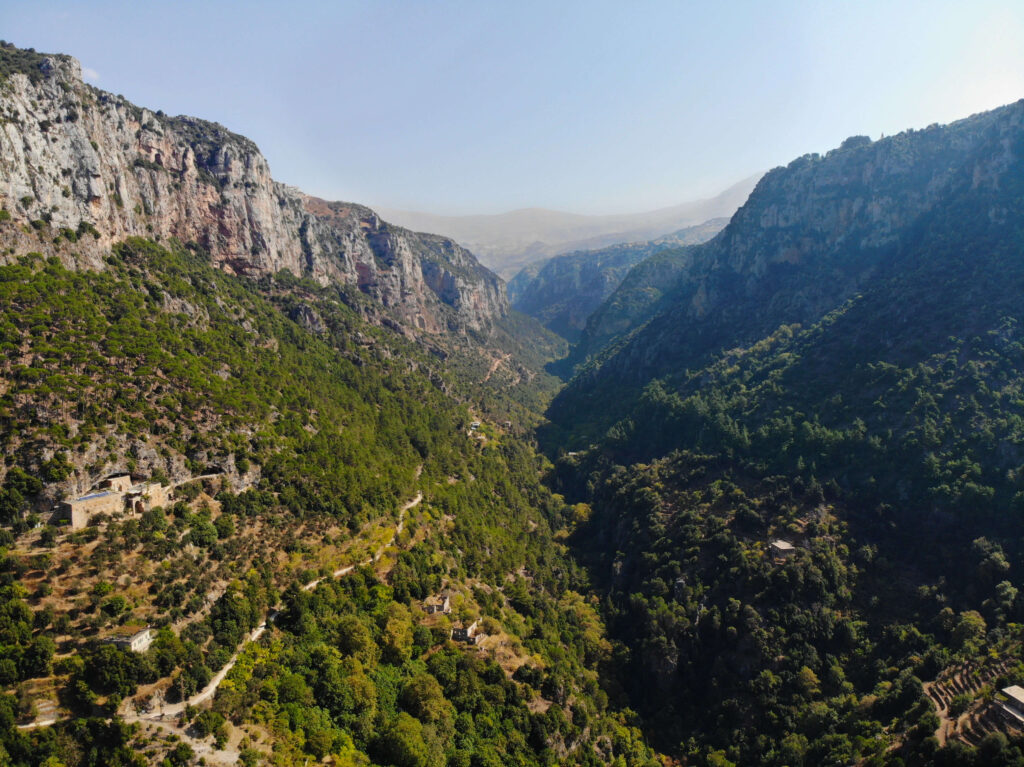
Located between Bcharre and Zgharta, the Kadisha Valley is a UNESCO World Heritage site carved by the Kadisha River. Also known as the Holy Valley, the stretch of land is known for having been a site for worship since the early days of Christianity and has seen human activity since the Paleolithic period. Its proximity to the Cedar forest, or what’s left of the legendary Cedars, makes it a valley marked by spirituality and legend. If you’re looking for beauty and history, Kadisha Valley is the natural touristic place to see.
Natural Touristic Place #8: Cedars of God
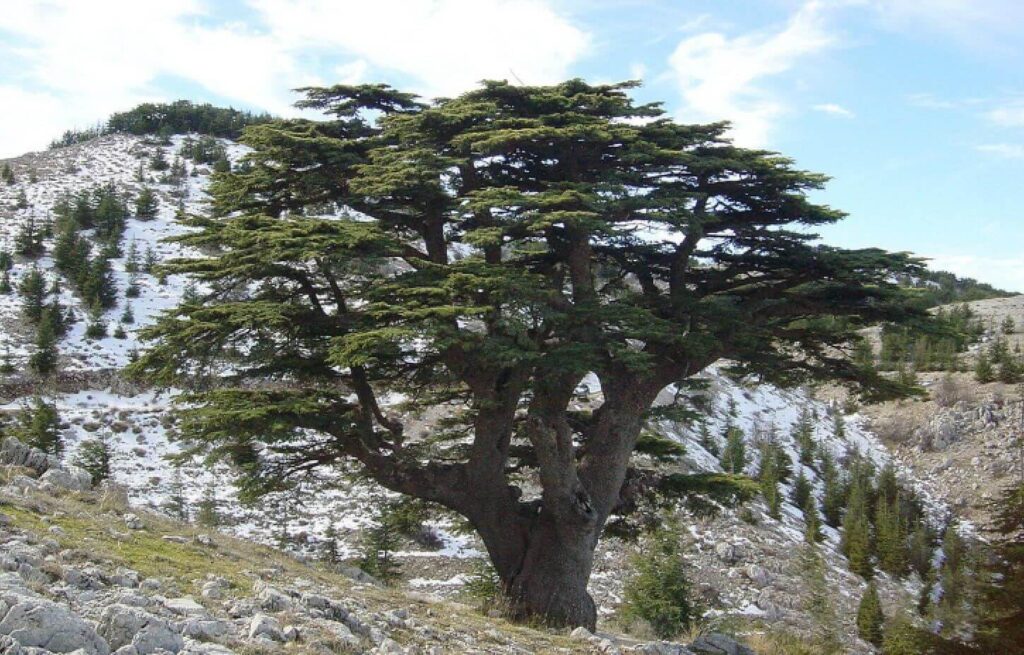
Located in Bsharri, a district in Northern Lebanon, the Cedars is one of Lebanon’s prized treasures. Famous for its legendary cedar trees, the area is a tourist destination as a ski resort in the winter and hiking location in the summer. What makes the trees special is their place in human history. In fact, they were part of the forest in the Epic of Gilgamesh, utilized by King Solomon to build a temple in Jerusalem and used to build the Phoenician’s historical fleet. Just being around the area is to be part of deep mystical history, its timelessness even inspired the Lebanese flag! Thus, it is really one of the most beautiful natural touristic places to visit in Lebanon.
Natural Touristic Place #9: Beaufort (Arnoun)
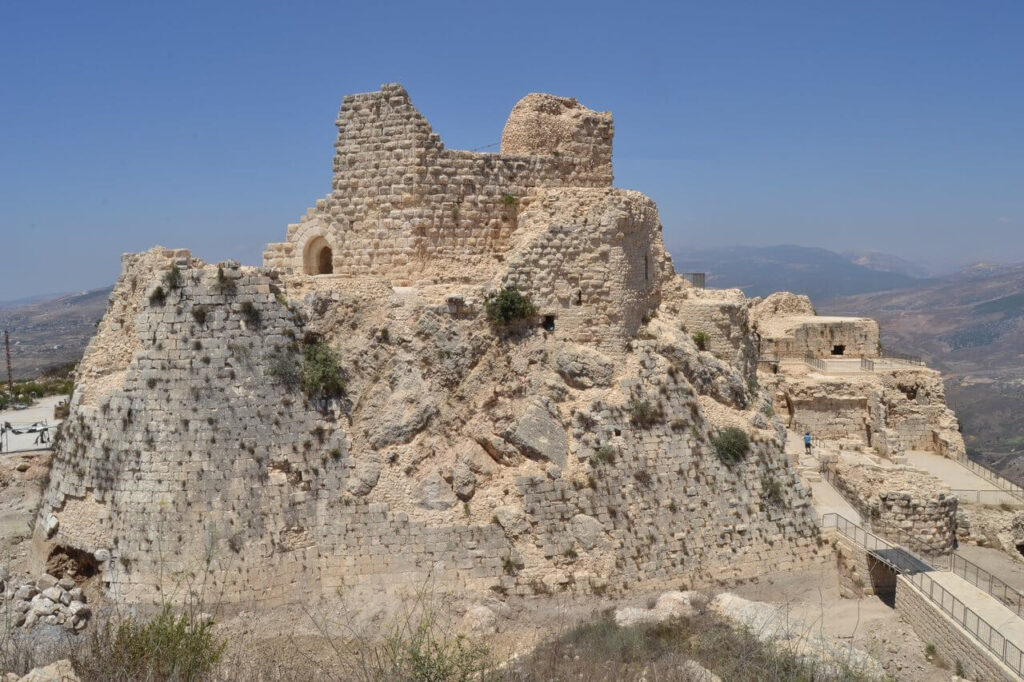
Beaufort or Belfort Castle is a Crusader fortress in Nabatieh Governate, about 1 kilometer to the south-south-east of the village of Arnoun. There was a fortification on the site before it was captured by Fulk, King of Jerusalem, in 1139, and construction of the Crusader castle probably began soon after. Saladin captured Beaufort in 1190, but 60 years later Crusaders re-took it. In 1268 Sultan Baibars finally captured the castle for the Islamic forces. Moreover, the castle was named bel fort or beau fort by the Crusaders who occupied the castle in the 12th century. Its Arabic name Qala’at al-Shaqif means “Castle of the High Rock”.
Natural Touristic Place #10: Taanayel Lake
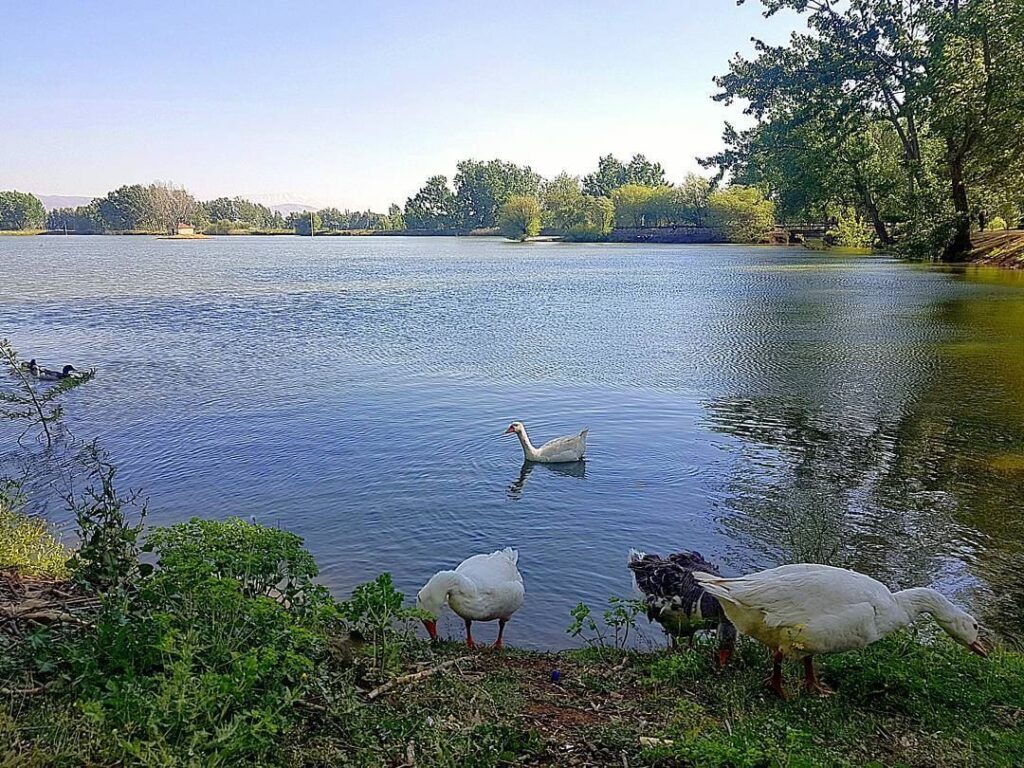
Nature offers you the best touring experiences. Of course, Taanayel Lake is one of the wonderful natural tourist spots that offer you immense pleasure and happiness. You can visit the place with your friends and family to experience tranquil nature. The lake is manmade and highly maintained by the authority. There is a small and beautiful chapel near the lake where you can offer prayers with your loved ones. Visit this amazing natural touristic place to experience your mind relaxing.
Did you like this post? Read more here!


